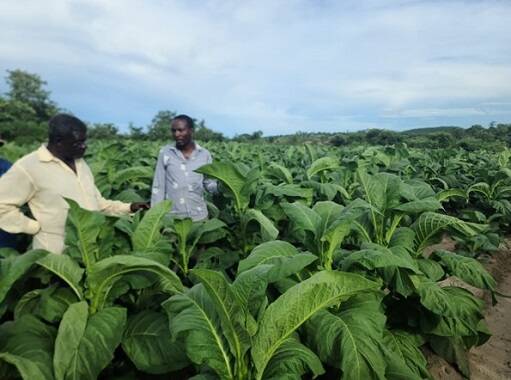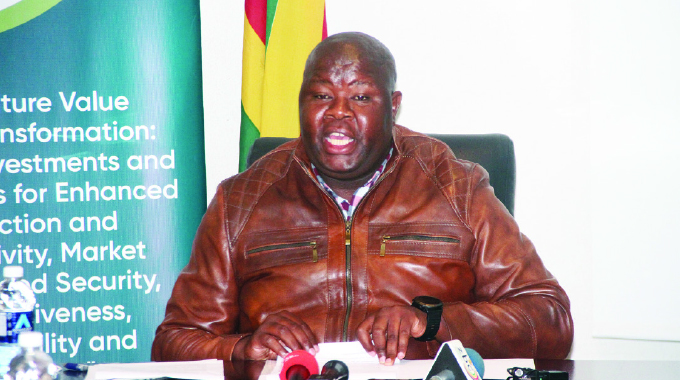Dryland tobacco reaping underway as hectarage increase 4pc

Edgar Vhera Agriculture Specialist writer
REAPING of dryland tobacco has intensified in most areas.
This comes as the area put under flue-cured tobacco this season has increased by four percent when compared to the same period last year.
According to the recent weekly Agricultural Advisory and Rural Development Service (AARDS) report, 112 293 hectares of tobacco were planted by farmers this season compared to 116 454ha during the corresponding period last year.
The report also states that the area under irrigation increased by two percent from 17 867ha last year to 18 237ha this year. Dryland hectarage also recorded a four percent rise from 94 426ha to 98 273ha.
Tobacco Farmers Union Trust (TFUT) vice president Mr Edward Dune said farmers must be attentive to their crop and aim for early delivery to the floors.
“Curing of most irrigated tobacco has been completed while that for early planted dryland is in the second and third reap. The medium and late crop is on the first reap and topping stage respectively.
“The crop in most areas is looking good and respectable quality is guaranteed. However, persistent rains may present curing challenges and farmers must be attentive to that vice,” said Mr Dune.
Mr Dune advised farmers to deliver early their crop as the country was likely to have a short marketing season.
As a way of restoring confidence, building trust and viability Mr Dune said that Government must incentivise tobacco farmers by allowing them to get 100 percent of their earnings in foreign currency.
Tobacco Association of Zimbabwe (TAZ) president Mr George Seremwe concurred that the condition of tobacco was good.
“The rains have brought a healthy and quality tobacco crop. However, some farmers failed to return to production this season after some contractors failed to pay them their dues last season. It is our hope that the Tobacco Industry and Marketing Board (TIMB) solved this issue so that it does not recur in the impending marketing season,” said Mr Seremwe.
TFUT president Mr Victor Mariranyika urged Government to ensure buyers offer viable prices so they can break even.
“Each kilogramme of tobacco is consumable and must receive a price that is above production cost with quality coming as an added advantage for high prices.
“Tobacco farmers are calling for Government to offer them 100 percent of their payments in foreign currency to counter increased production costs as well as the widening of the disparity between the official and parallel rate,” said Mr Mariranyika.
TIMB public affairs officer Mrs Chelesani Tsarwe said her organisation, as mandated by the Tobacco Industry and Marketing Act (Chapter 18:20), had signed compliance administration framework with contractors.
The purpose of the document was to provide the framework within which compliance enforcement will be undertaken by TIMB in tobacco sector.
It covered the critical processes and approaches to compliance enforcement for transparency and fairness. In line with the principle of transparency, TIMB will endeavour to undertake its enforcement activities using tools and methods that are participative and require the presence of the affected parties. At the same time, TIMB will ensure that affected parties are given an opportunity to present their position.
TIMB has repeatedly told farmers that grading starts before the crop is planted. Among some of the points that have a bearing on the outcome of grading are land selection, land preparation, fumigation, fertilisation, seedling selection, topping and suckering, reaping, curing and storage.
There are various technical factors that buyers take into account when purchasing, processing and packaging tobacco for export. These include chemical composition, smoking characteristics, flavour and aroma, cutting quality, filling value or capacity and moisture content of the tobacco.










Comments